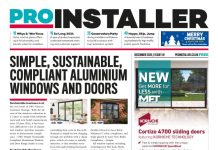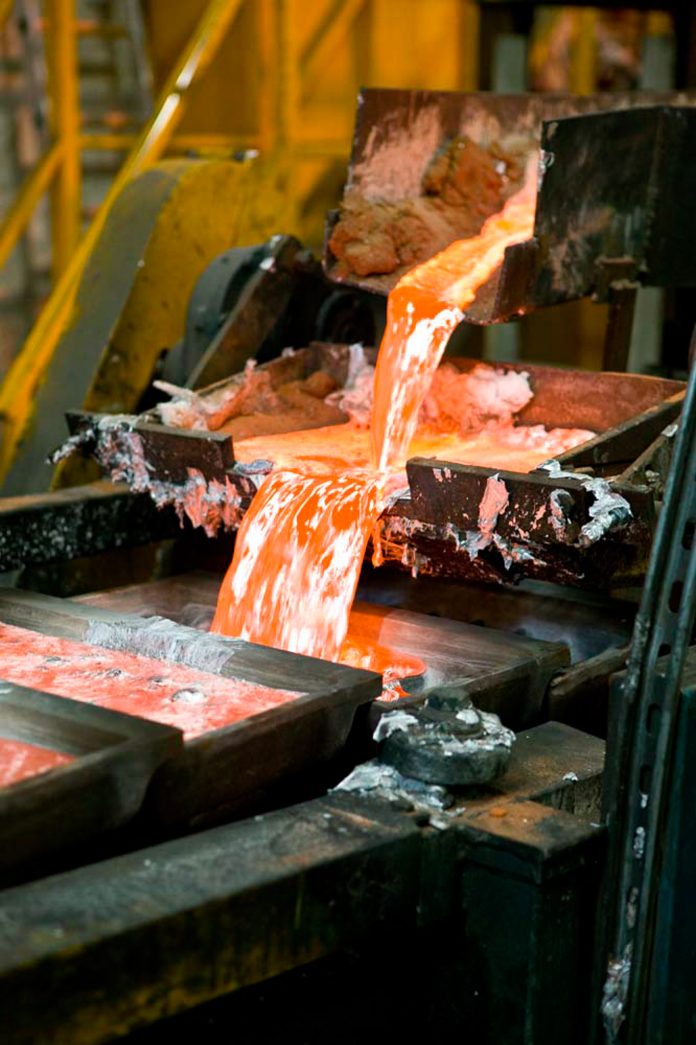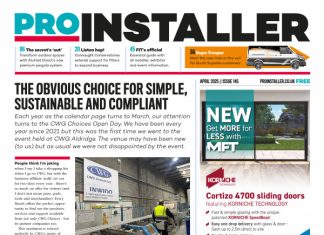Nigel Headford – CAB Chief Executive
We are all well aware that aluminium can be recycled many times over with very little loss, taking just 5% of the original production energy to recycle. What is less known is that aluminium comes in many various grades of alloy that are created to offer specific characteristics for various uses in construction, automotive and aviation. Often taking new aluminium, known as ‘prime’ aluminium, in a single grade and mixing it with other grades of alloy when recycling reduces its value and its grade. The ‘closed loop’ approach seeks to keep recycling aluminium within their tightly controlled grades which increases the value of scrap material.
The CAB’s closed loop recycling recycles scrap within recognised aluminium grades. By using an XRF analyser (X-ray fluorescence) which is a powerful, nondestructive technique for measuring elemental composition from magnesium (Mg) to uranium (U), these handheld XRF analysers are portable devices that offer immediate composition of an alloy revealing its grade. Incorporating modern techniques that remove unwanted items such as screws and thermal breaks, the resultant, chipped aluminium is ready to be remelted for new product whilst maintaining its original grade.
The aim of the initiative is to encourage the recycling of aluminium alloys within the same alloy grades. For the CAB scheme, we require that extrusion grades of aluminium, namely 6000 series alloys for the architectural aluminium market, are recycled back into the same 6000 series alloys. The same can be said for sheet aluminium recycling, namely with 1000 series alloys. It is important to reiterate that in a ‘closed loop’, an aluminium alloy can be recycled infinitely without loss of its specific characteristics.
Pre-consumer scrap can easily be recycled before it leaves the factory as it is often ‘clean’ and of a known alloy. Post-consumer scrap is where the challenge really lies. With the many thousands of tonnes of alloy extrusion and sheet used in our buildings across the UK, we should be looking towards the advantages of deconstruction, separation and recycling, and the ability to see our built landscape as an ‘urban mine’ for raw materials. As already stated, we have recycled aluminium over many decades, primarily as it has a high recycle value, but without a ‘closed loop’ we can ‘lose’ the specific grades we require to recycle the aluminium back into the same product type, introducing other grades reduces its resale value. If we constrain recycling to specific alloy grades, we can recycle extrusions back into new extrusions and offer a true circular economy for our aluminium products in the UK Construction Industry whilst maintaining value.
One of the keys to this capability is the advent of the handheld spectrometer for identifying the content of an aluminium alloy. Easily portable and very quick to use, grades can easily be checked prior to recycling. This means that the aluminium grades could easily be checked and identified on a building site prior to deconstruction. The quantity available on a given site can also be relatively easily calculated before removal, as aluminium extrusions and sheets are usually uniform in shape and easily measured. Skips for the scrap, clearly labelled for the identified grades being removed can be obtained from recyclers to be placed on site for collection of this post-consumer scrap.
The second challenge is to remove non-aluminium components from the aluminium frames of windows and curtain walling, such as hinges, handles, gaskets, screws and weather seals. Done manually, this could take some time, and we must also consider the removal of thermal breaks made of materials such as polyamide and polyurethane. Fortunately, the technology has advanced considerably, and this process can be completely automated. What is supplied back to the smelter is ‘chipped’ aluminium, with minimal contaminants such as paint and thermal breaks.
Aluminium scrap in this form can easily be reintroduced back into the UK aluminium smelting industry to meet the growing demand for aluminium. With just 5% of the energy needed to recycle aluminium in this way compared to producing prime aluminium from bauxite, we can make best use of the embodied energy present in aluminium that exists in our building stock.
CAB’s Closed Loop Recycling Scheme is open to members as part of their membership package. While such closed loop recycling of construction materials is currently voluntary, requirements could be placed on ‘embodied carbon’ content in the future and main contractors are increasingly seeking evidence to demonstrate the sustainability credentials of their supply chain. Aluminium scrap is an important resource and we should maximise the quantity and quality of recovered aluminium scrap in the UK to build the circular economy of the future.
Main contractors are recognising the scheme and more refurbishment projects where aluminium fenestration is being removed are now being recycled within the CAB Closed Look scheme. The scheme continues to gain momentum and anyone within the aluminium fenestration supply chain can become involved, contact us at CAB for further information on how you can join to help the circulatory of your aluminium.
It is important to recognise that an Association belongs to its Members and the more influence that Members can bring into the Association, the further it will grow. The CAB Board of Directors is committed to grow the Association and continue to increase value for membership. Should you wish to learn more about the use of Aluminium used in Construction, please contact CAB, join the Association and be recognised as being involved in supporting your Industry and helping to shape its future. More information on our website at c-a-b.org.uk












